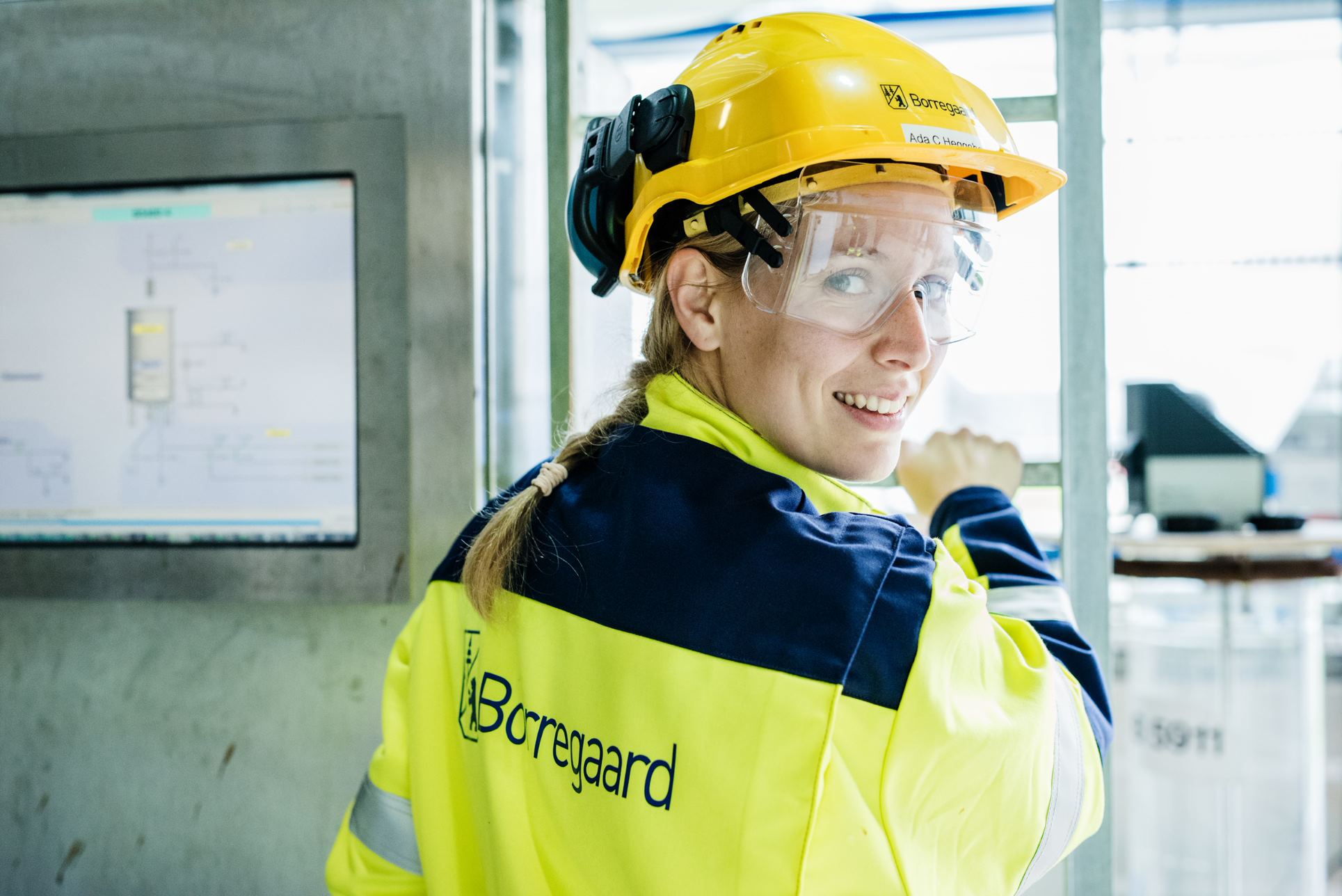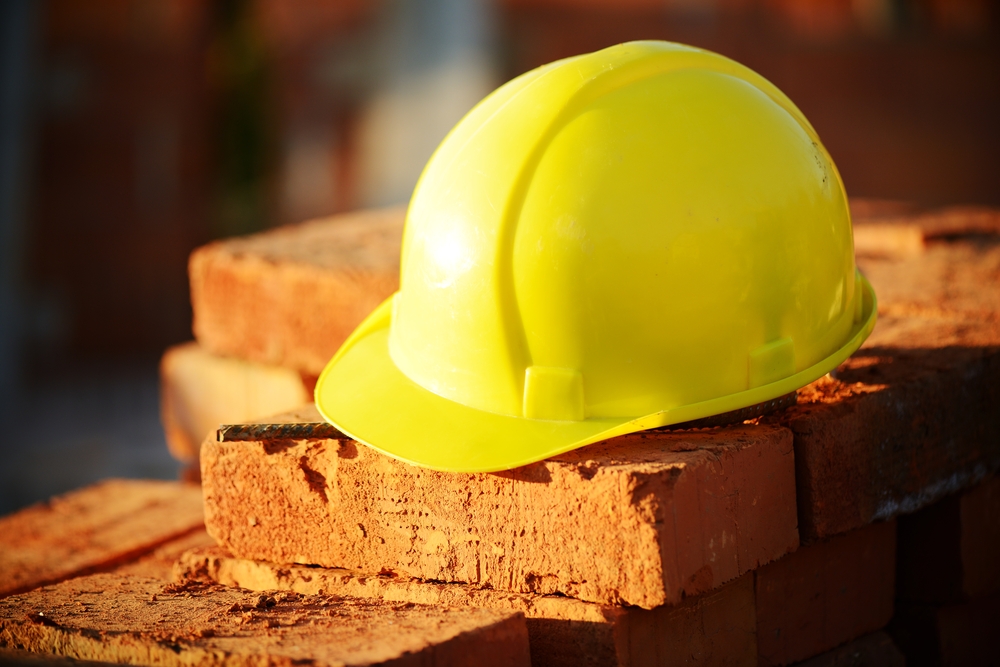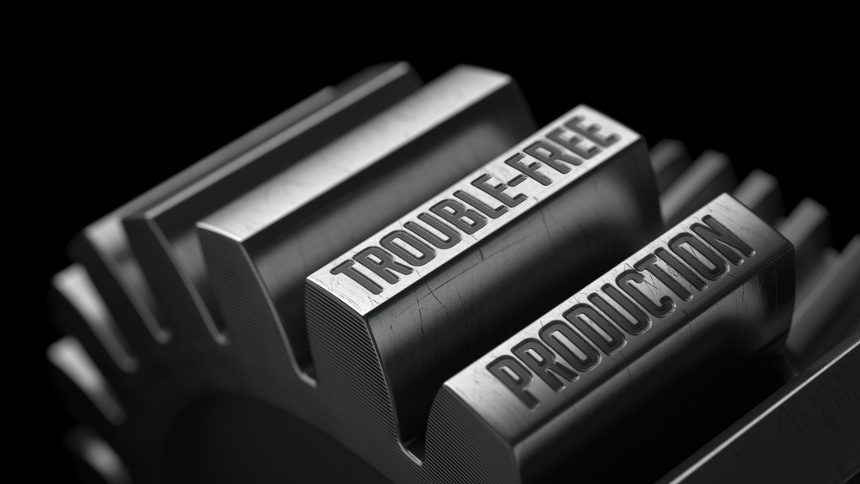Various amounts of water are added within brick and tile manufacturing depending upon which process route you choose. A stiff extrusion may have water content as low as 10% while a soft mud factory may be as high as 30%. With hand made and water-struck products, this water addition value may even go higher. However, although these levels of water may be advantageous for manufacturing, they still require to be driven out during the drying process to enable the products to be fired.
Jonathan Savage
Recent posts
Reduce scumming from bricks without Barium Carbonate - is it possible?
By Jonathan Savage 02-Apr-2020 16:22:06
The EU have downgraded Barium Carbonate from "Poisonous" to "Harmful If Swallowed". However, still today it is treated as a toxic material in several different countries over the world. In any case, its reputation as the most helpful additive for the withdrawal of salt scumming from clay bricks and tiles is unaltered. For those countries where barium is restricted, or because of increments in price and lower availability, producers must search for other options.
Temaer: Structural, Scumming
Importance of technical support in the use of structural clay additives
By Jonathan Savage 10-Jan-2020 13:04:33
Technical support is key to ensure that you are using the right clay additive at the correct addition rate. We should always count on a technical specialist, in order to achieve the maximum efficiency of your process and depending on what you are using our additives for, we should take different actions and carry out specialized tests.
Temaer: Structural, Clay additives, optimization, bricks, technical support
In today’s economic climate and with manufacturers desire to ensure strong sales whilst optimizing profits what options are open to help reduce costs in production?
One could probably summarize that the “easiest” options available to reduce costs could be raw materials, production, drying and firing and reducing losses - in fact it could be argued that all of these options go hand in hand.
Temaer: Structural, Clay additives, optimization, bricks, cost reduction
Kiln firings: History, development and types of Structural kilns
By Jonathan Savage 14-Mar-2019 13:17:57
Throughout the centuries of brick and tile making the manufacturing, drying and the firing of the products has continued to evolve to ensure demand, styles and supply are met. However although manufacturing and drying are based on a small number of routes which continue to evolve the firing process has probably seen the most changes over this time frame.
Temaer: Structural, Clay additives, optimization, bricks, kilns
Clay bricks have featured as a construction product for thousands of years with evidence of their use dating as far back as the time of the Roman Empire. It is a material prevalent across the UK's built environment today and continues to be a fundamental ingredient in modern architecture.
Temaer: Structural, Clay additives, optimization, bricks
Registration, Evaluation, Authorisation & restriction of CHemicals (REACH) is a regulation that aims to make the handling and commercialisation of chemicals safer. Many industries and markets have had to adapt to this new regulation, and we have identified ways in which REACH can actually bring oportunities to the heavy clay manufacturing sector.
Temaer: Structural
Registration, Evaluation, Authorisation & restriction of CHemicals (REACH) is a regulation that aims to make the handling and commercialisation of chemicals safer. In this blog article we talk about how this regulation affects heavy clay manufacturing in particular.
Temaer: Structural
How can I reduce cracks due to manufacturing, transportation, automation and handling?
By Jonathan Savage 05-Mar-2018 12:20:00
Cracking – in whatever stage of production – is a major loss issue faced within all types of clay manufacturing and the reduction/elimination is paramount for increased profitability and yields.
Temaer: Structural
How to extend the working life of parts in brick and tile forming equipment
By Jonathan Savage 05-Oct-2017 07:30:00
In today’s heavy clay market there is becoming a push for more product in faster lead times. This need is putting extra pressure on manufacturers especially to increase throughput times. Although kilns and sometimes driers can be the bottleneck, there is added pressure on the moulding equipment to produce clay products quicker.
Temaer: Structural












